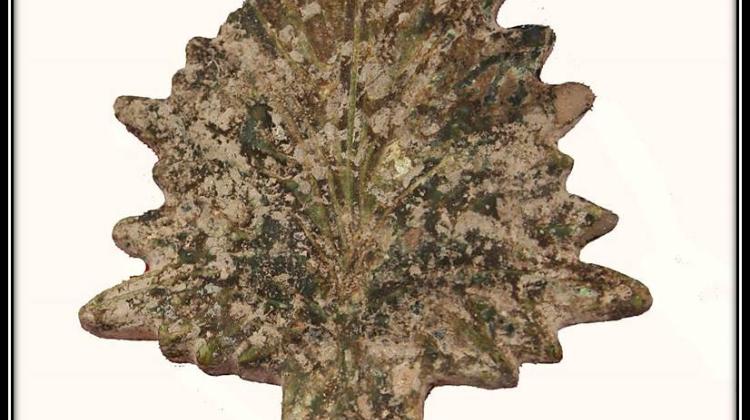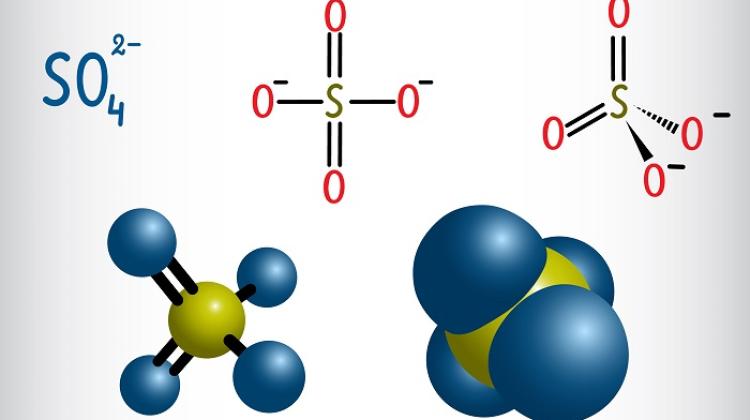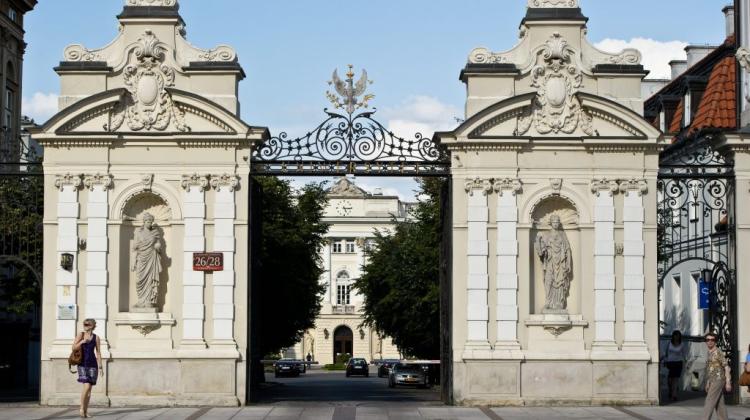Rich archaeological finds in Sicily

A large set of monuments from I-V century AD has been discovered in the ancient city of Akrai, located in the south-eastern part of Sicily, by a team of scientists from the Institute of Archaeology, University of Warsaw led by Dr. Roksana Chowaniec, working with the Office of Conservation in Syracuse (Soprintendenza dei Beni Culturali e Ambientali di Siracusa).
"Particularly noteworthy are the monuments that testify to the numerous cultural and commercial relations of the city. Examples are numerous coins, minted at the mints throughout the Roman Empire, or a fragment of an oil lamp with a handle in the shape of acanthus leaves, the likes of which can be found in the region of Campania-Latium, where production developed in the 2nd and 3rd quarter of the first century AD, and the accumulation of finds can be observed in the regions of Vesuvian cities such as Pompeii" - explained Dr. Chowaniec.
Two archaeological excavations were opened in the city centre, in a residential area, in the area identified with geophysical studies conducted by Prof. Krzysztof Misiewicz from the Institute of Archaeology, University of Warsaw. Other important historical objects discovered during the last season include carefully crafted bone pin in the shape of a female bust, with Flavian dynasty-stylized haircut, as well as bronze cosmetic accessories, beautifully preserved clay lamps from 1st-2nd century AD, fragments of glass bowls from 1st century AD and numerous remains of Italian terra sigillata - quality Roman pottery.
"Also promising are discovered fragments of paintings, many of which were decorated with faux marble (a finto marmo). Interestingly, a lot of extremely expensive blue pigment was used to make the frescoes" - described Dr. Chowaniec.
The first traces of settlement in Akrai had been left by the Siculi tribe around the 12th century BC. Later, about 663/664 BC, the Greeks arrived and founded the colony called Akrai. The settlement was strategically located on one of the hills of Monte Iblei, between two river valleys: Anapo and Tellaro. City guarded access to Syracuse, and thus served an important political and trade role. Ancient Akrai was known primarily as a Greek city. New studies, however, reveal the history of the colony under the Roman rule. Monuments found during the study indicate that the city continued to prosper after the Roman conquest.
History of Polish research at the site dates back to 2009. During the first two seasons, archaeologists performed a series of non-invasive tests, including the surface surveys. Satellite images were also analysed with future excavations in view. Precise contour plans were prepared using geodetic GPS RTK receiver. In search of destroyed and invisible on the surface buildings, archaeologists used a magnetometer. The first excavations started in 2011. Excavations conducted in September and October last year were a continuation of studies from previous seasons.
At the beginning of April, the Museo Viaggiatori di Sicilia in Palazzolo Acreide opened an exhibition devoted to current excavation research. Polish scientists, in collaboration with Marta Fitula (main organizer) from the association SiciliAntica and under the the auspices of Dr. Beatrice Basile, the head conservator of Syracuse, also organized a scientific conference devoted to ancient Akrai.
Excavations are carried out on the basis of a cooperation agreement between the University of Warsaw and the Office of Conservation in Syracuse (Soprintendenza dei Beni Culturali e Ambientali di Siracusa). The work is funded by research grants of the National Science Centre and the Ministry of Science and Higher Education.
PAP - Science and Scholarship in Poland
szz/ agt/ mrt/
tr. RL
Przed dodaniem komentarza prosimy o zapoznanie z Regulaminem forum serwisu Nauka w Polsce.


















